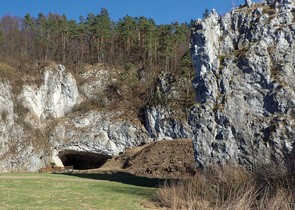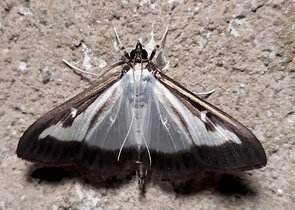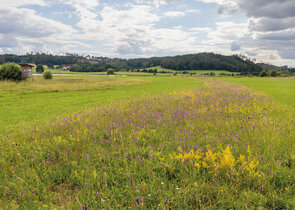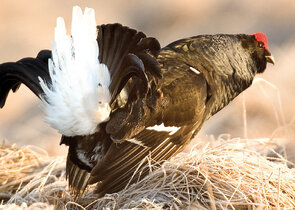Show Caves as Important Hibernacula of Bats in the Czech Republic

The International Union of Speleology (UIS) has declared 2021 as the International Year of Caves and Karst (IYCK). Unique phenomena in our landscape have therewith received deserved attention. Of more than 2,460 karst caves in the Czech Republic, 14 are show caves. All of them are fully legally protected according to national law and in addition, most of them are also protected as important bat hibernation sites (hibernacula) at the European level pursuant to the European Union’s legislation, namely the Habitats Directive. An important pillar of nature conservation is regular monitoring of Specially Protected animal species, and this also is the case in caves.
Nature Conservation 2022 — 25. 5. 2022 — Research, Surveys and Data Management — Print article in pdf
Monitoring Non-native and Invasive Alien Species in the Czech Republic

Invasive alien species (IAS), together with natural ecosystem fragmentation, degradation, destruction and loss, growing natural-resource consumption, environmental pollution and climate change, are among the main negative factors threatening native species and the biodiversity of native ecosystems. In addition, they can cause high economic damage/financial costs or adversely affect human health. Due to the ability of IAS to spread, an isolated approach to their management at the level of individual regions or countries is usually not effective; we need a targeted and tailored strategy that transcends national borders. Therefore, Regulation (EU) No 1143/2014 of the European Parliament and of the Council on the prevention and management of the introduction and spread of invasive alien species was adopted in the European Union, which was transposed into the Czech Republic’s legal order by amending Act No. 114/1992 Gazette on Nature Conservation and Landscape Protection, and other laws related to the issue, entering into force January 1, 2022.
Nature Conservation 2022 — 25. 5. 2022 — Research, Surveys and Data Management — Print article in pdf
Temporarily Unmown Grass Strips – A Hope for Productive Meadow Insects?

The agri-environmental-climate measures (AECM) announced by the Ministry of Agriculture of the Czech Republic are intended to support management methods mitigating the negative effects of intensive farming on the landscape and its inhabitants, including insects. Despite their productive nature, permanent grasslands are an important landscape component hosting a wide range of invertebrates. The right balance of production practices and compensatory measures can make a significant contribution to maintaining the diversity of grassland organisms and the ecosystem services they provide. The Nature Conservation Agency of the Czech Republic (NCA CR) has therefore commissioned a study on the effects of temporarily unmown grass strips on the diversity and abundance of meadow organisms. The aim of the study was to verify whether the retained parts of grass stands have a positive effect on the biota on common managed meadows of various sizes.
Nature Conservation 2022 — 25. 5. 2022 — Research, Surveys and Data Management — Print article in pdf
Shall We Go for Krkonoše/Giant Mts. Black Grouses with a Computer?

Yes, this is possible. Although computer modelling will not save the Black grouse, its outputs can significantly help in planning various practical measures in the field, regulating tourists at high-risk sites, and educating visitors. Habitat modelling, which uses the possibilities of geo-information technologies, remote sensing data, and advanced spatial analysis methods (e.g. Hirzel & le lay 2008, ElitH & leatHwick 2009), is applied significantly in the study of ecological requirements of (not only) animal species. These methods, technologies, and data allow extensive analyses of the relationships between the occurrence of species of interest and relevant environmental factors (e.g. Franklin 2010, Guisan et al. 2017). A common approach is to model the current or potential occurrence of species (e.g. tHuiller et al. 2004, Hirzel et al. 2006, Basille et al. 2008); the aim is to determine the landscape potential for their perma- nent or temporary occurrence and to evaluate the significance of individual environmental factors for their spatial expansion. Thus, habitat modelling is currently one of the most widely used approaches in conservation biology (e.g. Huck et al. 2010, Basille et al. 2013, Guisan et al. 2013).
Nature Conservation 2022 — 25. 5. 2022 — Research, Surveys and Data Management — Print article in pdf

